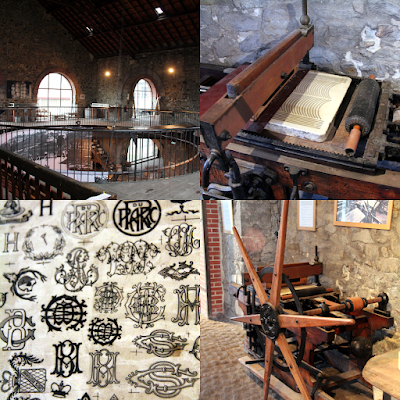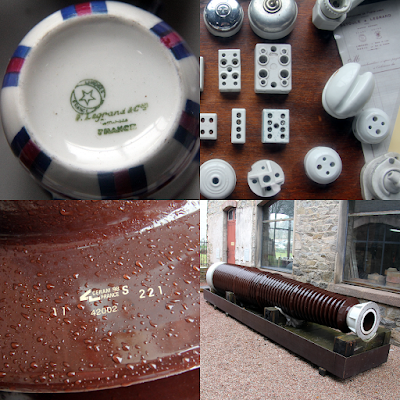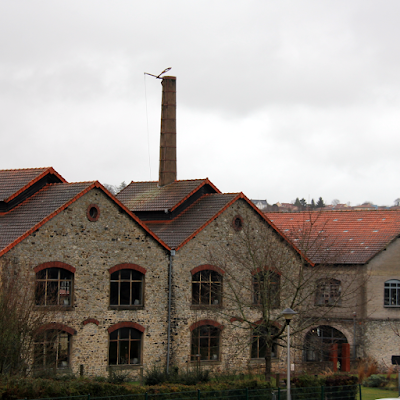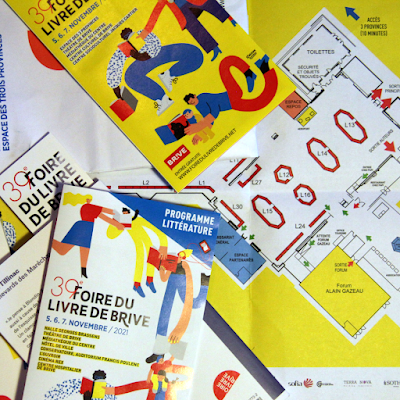 |
| Four des Casseaux as part of a small museum. |
 |
| The 'reverse flame' kiln. |
 |
| The 'chromolithograph', a printing press using stone slabs. |
 |
| Exhibits brought together by 'l'Association Espace Procelain'. |
 |
| French electricity accessory maker 'Le Grand' started out producing tea ware. |
 |
A morning well spend on a rainy day in Limoges. |




No comments:
Post a Comment